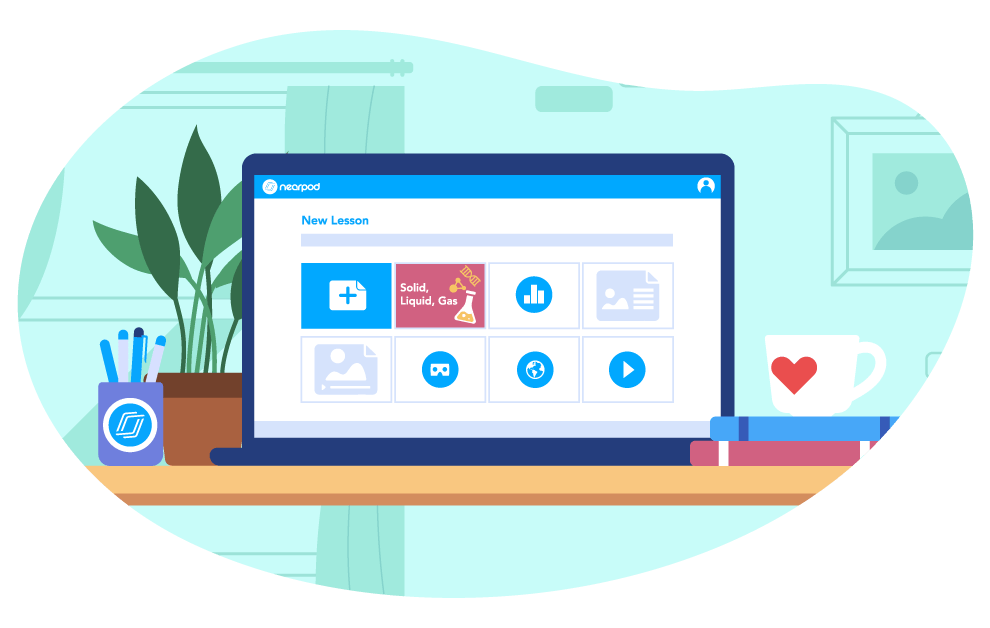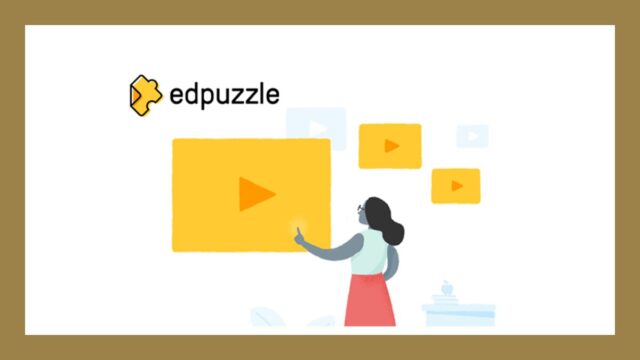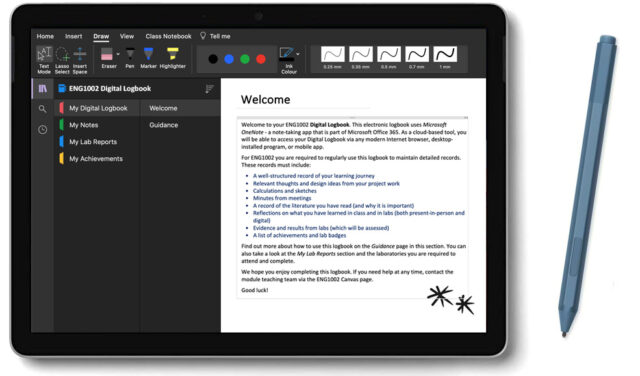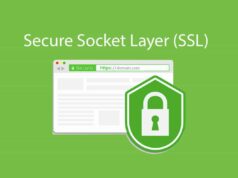
In the world of education, staying updated with the latest tools and technologies is not just a bonus; it’s a necessity. The digital age has ushered in an era where classrooms are no longer bound by four walls. With the emergence of EdTech tools, educators worldwide have been given a palette of resources to make teaching more effective, engaging, and versatile.
However, with the plethora of options available, it becomes essential to discern which tools can truly enhance the learning experience. To make this task easier, we’ve curated a list of the top EdTech tools that every teacher should explore in 2024. These tools not only leverage the best of technology but also address some of the common challenges educators face today.
1. Interactive Learning Platforms: Nearpod

Nearpod has revolutionized interactive teaching. This platform allows educators to create lessons with interactive slides that can include quizzes, polls, and open-ended questions. With real-time feedback, teachers can gauge students’ understanding and adjust the lesson accordingly. It also offers VR field trips, adding an immersive dimension to learning.
2. Collaborative Whiteboards: Jamboard
Jamboard, a product of Google, is a digital interactive whiteboard. It allows multiple users to collaborate in real time, making it perfect for brainstorming sessions, group projects, or live demonstrations. With an intuitive interface, Jamboard bridges the gap between in-person and remote learning, ensuring that every student is involved.
3. Adaptive Learning Platforms: DreamBox
Math can be a challenging subject for many students, but DreamBox aims to change that. This adaptive math program offers individualized lessons tailored to each student’s level. As students work through problems, DreamBox adapts in real time, offering challenges at just the right level to ensure continuous progress without overwhelming the learner.
4. Laminators for Schools: Enhancing Durability and Versatility

In an increasingly digital age, one might wonder about the relevance of laminators. However, laminators for schools have proven their worth time and again. Whether it’s to protect frequently used documents, create reusable activity sheets, or display students’ projects, a good laminator ensures longevity. Furthermore, by laminating QR codes or interactive elements, teachers can create a bridge between the physical and digital realms of the classroom.
5. Learning Management Systems: Canvas
Canvas has risen to prominence as one of the most comprehensive learning management systems (LMS). It provides a centralized platform where educators can manage course content, assignments, and grades. With features like video conferencing, an extensive app center, and analytics, Canvas provides a seamless experience for both teachers and students.
6. AR Learning: Metaverse
Metaverse brings augmented reality (AR) into the classroom. Teachers can create interactive experiences where students embark on quests, solve puzzles, or explore virtual scenarios overlaid on the real world. It’s a fantastic tool to engage students in a novel way, making learning feel more like an adventure.
7. Video Creation: Edpuzzle

Videos can be potent teaching tools, and Edpuzzle enhances their power. With this platform, educators can take any video, trim it, and insert questions, voiceovers, or notes. It transforms passive video watching into an interactive learning experience, ensuring students are engaged and comprehend the material.
8. E-portfolio: Seesaw
Seesaw offers students a platform to document and reflect on their learning journey. They can add photos, videos, drawings, or notes, creating a digital portfolio that showcases their growth over time. For teachers, it’s an excellent way to track progress, give feedback, and communicate with parents.
9. Virtual Labs: Labster
Science education often hinges on experiments, but access to physical labs can be a limitation. Labster offers a solution with its virtual labs in various scientific subjects. These labs simulate real-life experiments, allowing students to conduct research, make mistakes, and learn in a risk-free environment.
10. Student Feedback Platforms: Pear Deck
In the dynamic landscape of education, instant feedback can be a game-changer. Pear Deck addresses this need by turning presentations into engaging conversations. As educators present their slides, they can embed interactive questions – multiple choice, text, or even drawings. As students respond in real-time, teachers get a pulse of the class’s understanding, making it easier to address misconceptions immediately. It’s a tool that promotes active participation, ensuring that every voice in the classroom is heard and valued.
11. Digital Note-taking: OneNote Class Notebook

Microsoft’s OneNote Class Notebook is more than just a digital notebook. It’s a collaborative space tailored for education. Teachers can create a shared content library for the class, where students can access course material anytime. Additionally, each student has a private notebook, visible only to the teacher and the student, facilitating personalized feedback and differentiation. With features like immersive reader, math tools, and content embedding, it’s a versatile platform that caters to diverse learning needs.
12. Gamified Learning: Kahoot!
The power of gamification in learning cannot be understated. Kahoot! taps into this potential by allowing teachers to create fun, interactive quizzes that students can participate in through their devices. The live leaderboard, catchy music, and vibrant interface make it a hit in classrooms worldwide. Beyond quizzes, Kahoot! has expanded to offer challenges, polls, and even collaborative brainstorming sessions. It’s a versatile tool that can be used for formative assessments, revision sessions, or just a fun break between lessons.
13. Digital Libraries: Epic!
The importance of reading in a student’s educational journey is paramount, and Epic! ensures that students have a vast digital library at their fingertips. Catering primarily to children under 12, it boasts a collection of over 40,000 e-books, audiobooks, and educational videos. Teachers can assign reading material, track progress, and even set reading challenges for their students. With its kid-friendly interface and a diverse range of genres, Epic! is striving to instill a love for reading in the digital generation.
Conclusion
As the realm of education steadily marches into the digital age, the assortment of EdTech tools at our disposal is both exhilarating and transformative. These tools, when judiciously employed, can enrich learning experiences and bridge educational gaps. For educators, the journey involves continual adaptation and learning. By embracing these innovative tools, we can cultivate classrooms that are not only tech-savvy but also deeply engaging and impactful for every student.









